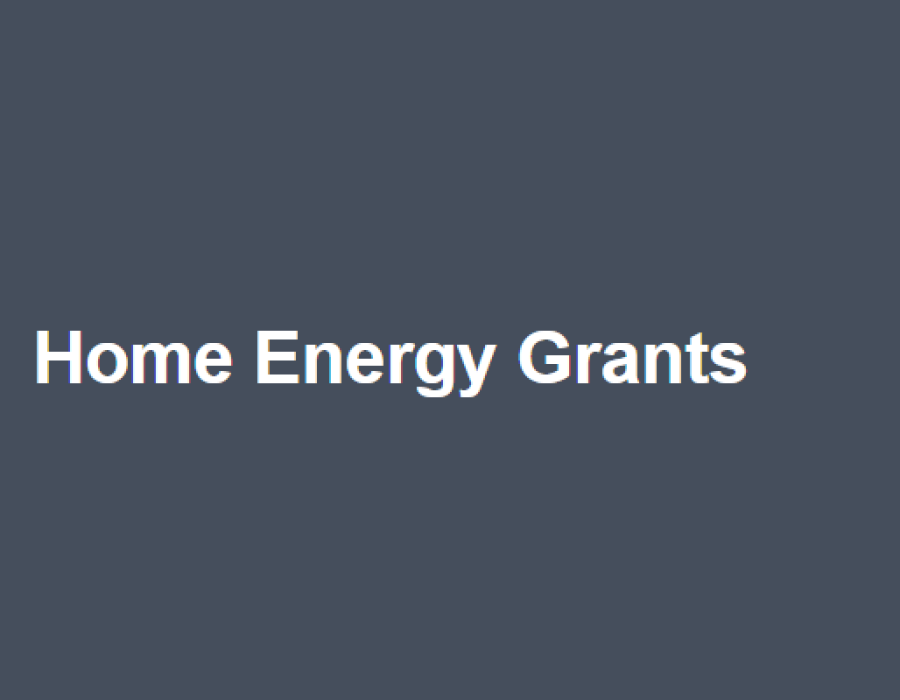In our quest to create a more sustainable and energy-efficient world, it's essential to explore innovative solutions that not only benefit the environment but also contribute to our financial well-being. One such solution is cavity wall insulation, a key player in the eco scheme designed to make our homes more energy-efficient.
Understanding the Basics
Cavity wall insulation is a method of insulating the gap, or cavity, between the inner and outer walls of a house. Most homes built before the 1990s have this gap, and without insulation, they can lose a significant amount of heat. This not only results in higher energy bills but also places a burden on the environment as more energy is needed to maintain a comfortable indoor temperature.
The Benefits of Cavity Wall Insulation
Energy Efficiency: The primary goal of cavity wall insulation is to reduce heat loss from a home. By filling the gap with insulating material, the transfer of heat through the walls is minimized, leading to a more energy-efficient living space.
Cost Savings: Investing in cavity wall insulation can lead to substantial savings on energy bills. With improved insulation, homes stay warmer in winter and cooler in summer, reducing the need for constant heating or cooling.
Environmental Impact: Cavity wall insulation plays a crucial role in lowering carbon emissions. By decreasing the reliance on heating and cooling systems, homeowners contribute to the overall reduction of greenhouse gases, helping combat climate change.
The Eco Scheme: Making Insulation Affordable
Recognizing the importance of energy efficiency, governments around the world have introduced various eco schemes to encourage homeowners to invest in insulation. These schemes often provide financial incentives or grants to make the initial cost of insulation more affordable.
In many cases, the eco scheme covers a significant portion of the expenses associated with cavity wall insulation. This makes it an attractive option for homeowners looking to enhance their homes' energy efficiency without breaking the bank.
How the Process Works
Assessment: Before installing cavity wall insulation, a professional assesses the property to determine its suitability. Not all homes are suitable for this type of insulation, and an assessment ensures that the process will be effective.
Installation: If the property is deemed suitable, the insulation material is injected into the wall cavity through small drilled holes. The process is relatively quick and causes minimal disruption to the occupants.
Cost Coverage: Once the installation is complete, homeowners can apply for reimbursement or take advantage of the grants offered through the eco scheme. This financial support makes it easier for a wider range of
households to benefit from improved insulation.
Cavity wall insulation is a simple yet effective solution that aligns with our collective goal of creating a more sustainable future. Through the eco scheme, governments are actively encouraging homeowners to take steps toward energy efficiency while providing the financial support needed to make these improvements accessible.
As we strive to reduce our carbon footprint and mitigate the impacts of climate change, small changes at the household level can have a significant impact. Cavity wall insulation not only enhances the comfort of our homes but also contributes to a healthier planet and a brighter, more sustainable future for generations to come.
For More Info:-
grants for replacing old boilers
gas boiler grants for pensioners
government central heating grants





Comments